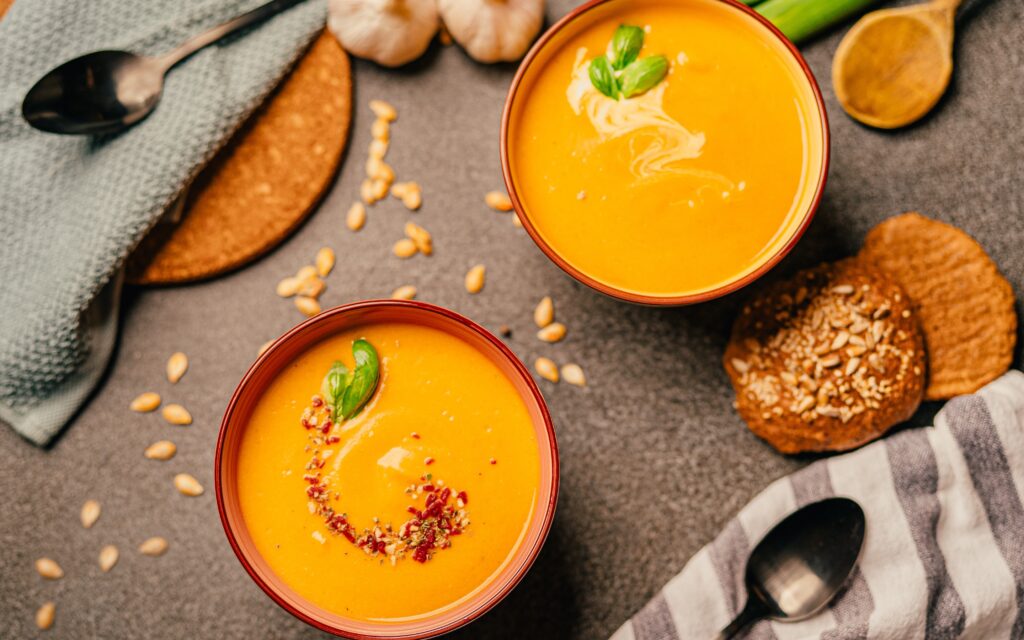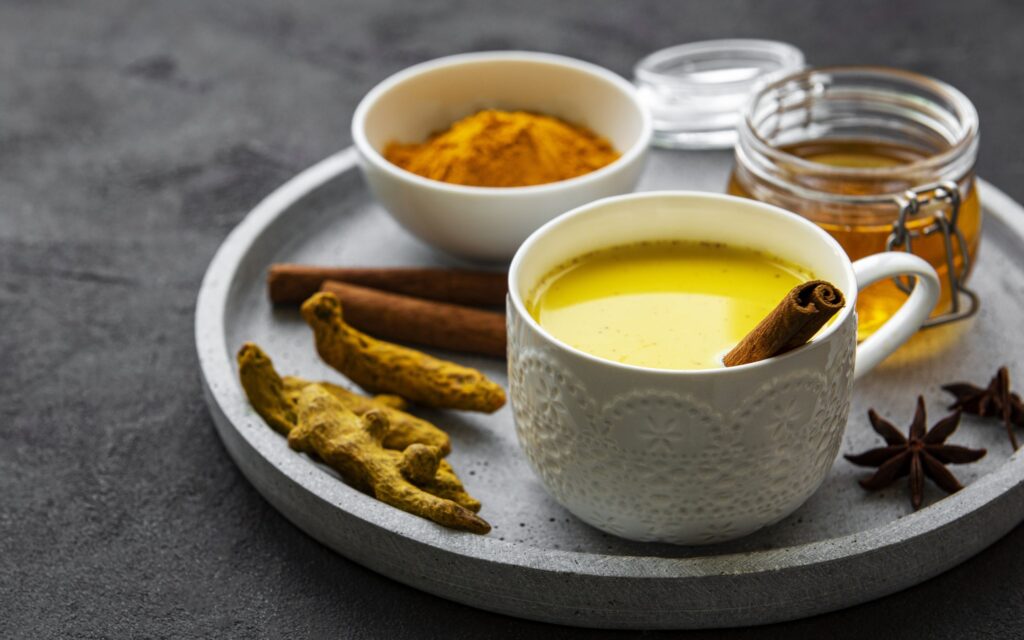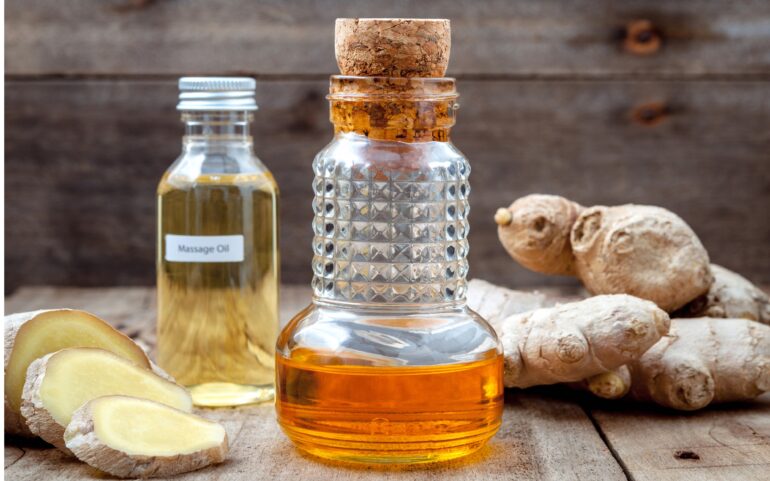In the study of Ayurveda body types, the Vata Dosha is one of the three central doshas.
The word Vata means to move like the wind or blow. This Dosha contains the elements of air and space (ether). According to those who study the impact of Dosha (lifeforces) on the body, Vata deals with everything from the evacuation of waste, to the flow of blood and breathing.
Vata works alongside the Pitta and Kapha Dosha in the body. Since neither the Kapha nor the Pitta Dosha can operate without Vata, it’s seen as the pioneer of all Ayurveda body types.
So, what is the Vata Dosha?
What is Vata? The Ayurveda body types
The Vata Dosha combines the elements of air and ether in the body.
People with a Vata Dosha have more of this lifeforce governing them than the other two. Vata people are often light, cold, dry, and rough. Autumn is often linked to Vata due to its crisp, cool days.
People with the Vata Dosha are creative, slim, and energetic. Vatas know how to think outside of the box and look for new ideas, but they’re also easily distracted. The mood of a Vata will often change according to the weather, the people around them, and the foods they eat.
Vata governs all the movement in the body and mind, controlling the flow of blood and the breathing. Since Vatas love new experiences and excitement, they have quick tempers, but can also be a lot of fun. If a Vata gets angry at someone, they’ll forgive within a short space of time.
Vata body types are creative, energetic, and flexible. They’re ready to take charge of situations, and they’re lively conversationalists. With a Vata imbalance, people may feel anxious or overly worried, and it’s common for them to suffer from insomnia.
The Vata body type often consists of a light, thin frame with excellent agility. For these people, energy frequently comes in bursts, and bouts of fatigue are common. Vatas usually have dry skin, cold feet, and hands. Vata types sleep lightly and suffer from a sensitive digestion.
What are the symptoms of Vata imbalance?
When the Vata Dosha is in balance, it encourages agility, creativity, and lightheartedness. Unfortunately, when the Vata Dosha falls out of balance, this can frequently lead to problems like weight loss, hypertension, restlessness, digestion problems, and hypertension.
People with a Vata imbalance may notice their skin feeling rougher and dryer than usual or may believe that their mind is constantly in turmoil. You might become agitated and restless, experience constipation, or suffer from insomnia.
Imbalance in the Vata Dosha may lead to spells of forgetfulness, discomfort in the joints, and problems with weakness or fatigue.
It’s common for a Vata imbalance to arise due to excessive stress and anxiety in your life. You may find that this imbalance creates a feeling of lost control, where your mind races, and your digestion becomes irregular. When this happens, it’s important for the Vata body type to slow down and adjust their routine. Take time to meditate, find the right nutrition, and get to bed earlier.
How is Vata removed from the body?
Vata cannot be removed from the body. The Vata Dosha is a natural part of the three Doshas, and it’s critical to maintaining the balance of life forces in any person. However, if you notice that you are suffering a Vata imbalance, you can use various strategies to get back on track.
Try to get to bed before 10pm and set your alarm for before 6am to refresh your routine. Wear the right clothing to ensure that you’re not overly cold, and keep your head covered in winter. A regular massage with heavier, warmer oils will boost circulation in a Vata body types. Other ways to rediscover balance may include:
- Light exercise that focuses on flexibility and balance. Vata yoga is a common choice for those with a Vata imbalance, as it supports stretching and balancing the body.
- Drink ginger tea to balance your digestion. Using fresh ginger root is best, particularly during colder weather when you need more warmth.
- Use calming and soothing music to help settle your racing thoughts.
- Enjoy touch and try to share touch with the people you love
- Favor warmer colors in your environment and clothing, such as pastels, browns, and yellows.
Vata Dosha types will appreciate sweet and warm smells to soothe them. Examples might include things like cinnamon and citrus, or pine and sage.

The Vata diet: Managing your Nutrition
Ayurvedic body type medicine notes that it’s important to eat foods with a balancing or stabilizing effect on the dominant Dosha. If your Dosha is prominently Vata, then you should favor foods that are warming, oily, and heavy. The best tastes for these types are often sour, salty, and sweet.
Vata Dosha types should eat larger quantities, without overeating, to ensure they’re properly satisfied. Sweeteners are a great way to pacify Vata, and fats and oils can assist with the digestion system. It’s best to consider low-fat versions of dairy products if possible and note that milk will be easier to digest when heated or warmed.
Wheat and rice are excellent balancing grains for the Vata body type, though you should reduce your intake of corn, barley, buckwheat, and rye.
Sweet and heavy fruits are excellent for Vata Dosha types, such as mangoes, bananas, grapefruit, oranges, melons, pineapples, and nectarines. Dry fruits are excellent for easing digestion, and cooked vegetables will drive the best results for a Vata type. Beets, carrots, and asparagus are good choices for your meals, and other vegetables should be cooked in extra virgin olive oil or ghee.
Dairy products frequently pacify Vata, but milk is best boiled before consumption. Spices like cinnamon, salt, cilantro, sage, thyme, and black pepper are all popular with this Dosha.
Enjoy all kinds of nuts but stay away from beans (except for mung bean dahl and tofu). Non-vegetarians can experiment with chicken, turkey, eggs, and seafood.

The benefits of the Vata Dosha
A person’s constitution features all the Dosha types in a unique blend. There’s no one type better than others. The Vata Dosha is often forgetful, anxious, and easily overwhelmed. These people are overly sensitive to the cold, and have irregular appetites and eating patterns, but they also have a variety of benefits too.
A Vata dominant person is highly creative, and able to learn quickly. These kind-hearted and flexible people can multi-task easily, and they remain naturally slim. For optimal health, a Vata person should manage stress through mediation, use calming activities, and follow a daily routine.






